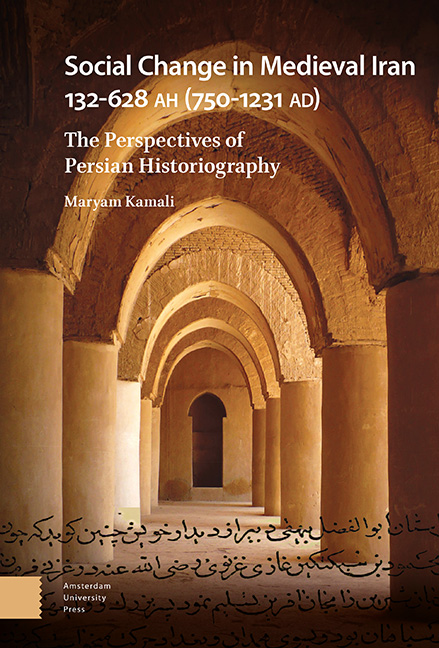Book contents
10 - The Saljuq Dynasty: The First Islamic Empire in Iran
Published online by Cambridge University Press: 28 December 2023
Summary
Abstract
The Saljuq dynasty, which ruled the vast Islamic lands from Mā Varā al-Nahr to the Mediterranean Sea for nearly two centuries, based its power on the division of power between various structures, namely the soltānate, the caliphate, the vizierate, and the amirate. Khwāja Nezām al-Molk, the vizier of the Saljuq dynasty, by establishing Nezāmiya schools (religious colleges), wanted to draw the religious scholars and young generations of the Saljuq Empire to this region and establish intellectual harmony. Instead, Khwāja Nezām al-Molk's political-religious ideas fueled religious differences and created a suffocating environment. Eventually, with the weakening of the bureaucratic structure and the expansion of the monopolistic power of the military, the Saljuq territories were divided among princes, amirs, and atābaks (governors).
Keywords: Saljuq dynasty, Khwāja Nezām al-Molk, Nezāmiya school
Division of Power and Gaining Political Legitimacy
After the Sassanid Empire, Iran under the Saljuqs (429–590 AH/1037–1194 AD) once again experienced the structure of an empire, but this country was far from its pre-Islamic structures. Apart from the fading of national and religious identity, these differences included the disappearance of the country's integrity and its transformation into part of the great Islamic empire. During the ʿAbbāsid Caliphate and with the formation of the Tāherid dynasty, the Iranians again tried to establish dynasties independent of the ʿAbbāsid Caliphate. This resulted from the efforts of various agents and the formation of Iranian dynasties, including the Sāmānids and the Buyids. But before the rise of the Saljuq dynasty, Iran, in comparison to its pre-Islamic terrain, had become a fragmented territory ruled by various dynasties under the shadow of the ʿAbbāsid Caliphate. Those who wanted to cross Iran from east to west had to travel across various borders, and even these lands included only part of the Iranian identity and not all of it.
The Saljuq Turkmen, as described in the previous chapter, set out on the same path as that covered by the agents of the Ghaznavids, including Mahmud. Crossing the border of Ray, invading Baghdad and the surrounding cities, and governing all the territories from Mā Varā al-Nahr to the Mediterranean Sea was a preliminary plan designed by the Ghaznavids and carried out by the Saljuq Turkmen.
- Type
- Chapter
- Information
- Social Change in Medieval Iran 132-628 AH (750-1231 AD)The Perspectives of Persian Historiography, pp. 209 - 234Publisher: Amsterdam University PressPrint publication year: 2023



